by Kathy G. Short
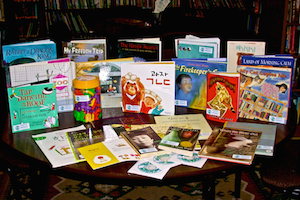 The focus of the June blogs is on the classroom resources that we have been developing in Worlds of Words to encourage the integration of global literature into preschool, elementary, and middle school classrooms. Each blog will focus on a different resource, describing the resource and the ways in which we are exploring that resource in classrooms as well as providing links to book lists and engagements for educators who want to create their own sets of these resources. Continue reading
The focus of the June blogs is on the classroom resources that we have been developing in Worlds of Words to encourage the integration of global literature into preschool, elementary, and middle school classrooms. Each blog will focus on a different resource, describing the resource and the ways in which we are exploring that resource in classrooms as well as providing links to book lists and engagements for educators who want to create their own sets of these resources. Continue reading




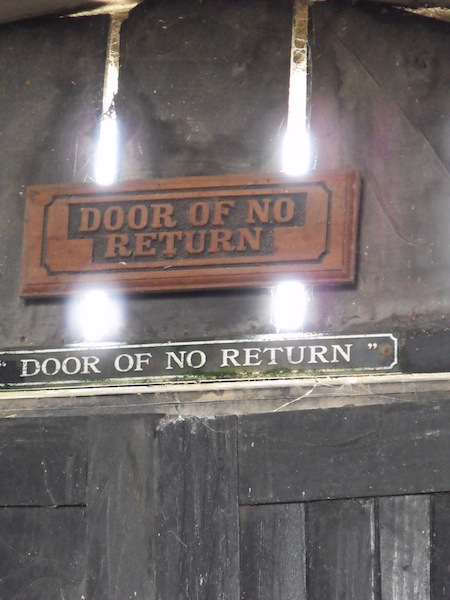
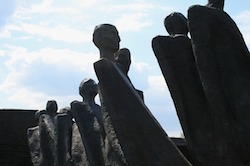
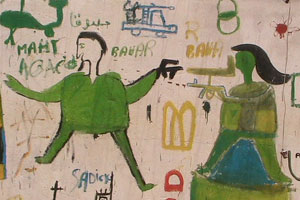

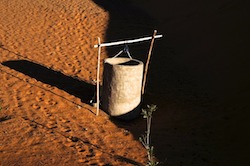

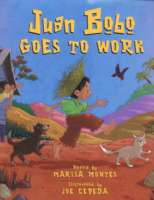 The stories of Juan Bobo have a long history in the oral tradition of Puerto Rico. Similar to the English folklore character Lazy or Foolish Jack, Juan Bobo, or “Simple John,” bumbles through life from misunderstanding to misunderstanding. Sometimes he’s a trickster, sometimes a town fool, but all the time, Juan Bobo is good for a laugh. This character has starred in many books, is featured in school curricula, newspaper serials, puppet plays, and even an animated cartoon.
The stories of Juan Bobo have a long history in the oral tradition of Puerto Rico. Similar to the English folklore character Lazy or Foolish Jack, Juan Bobo, or “Simple John,” bumbles through life from misunderstanding to misunderstanding. Sometimes he’s a trickster, sometimes a town fool, but all the time, Juan Bobo is good for a laugh. This character has starred in many books, is featured in school curricula, newspaper serials, puppet plays, and even an animated cartoon.